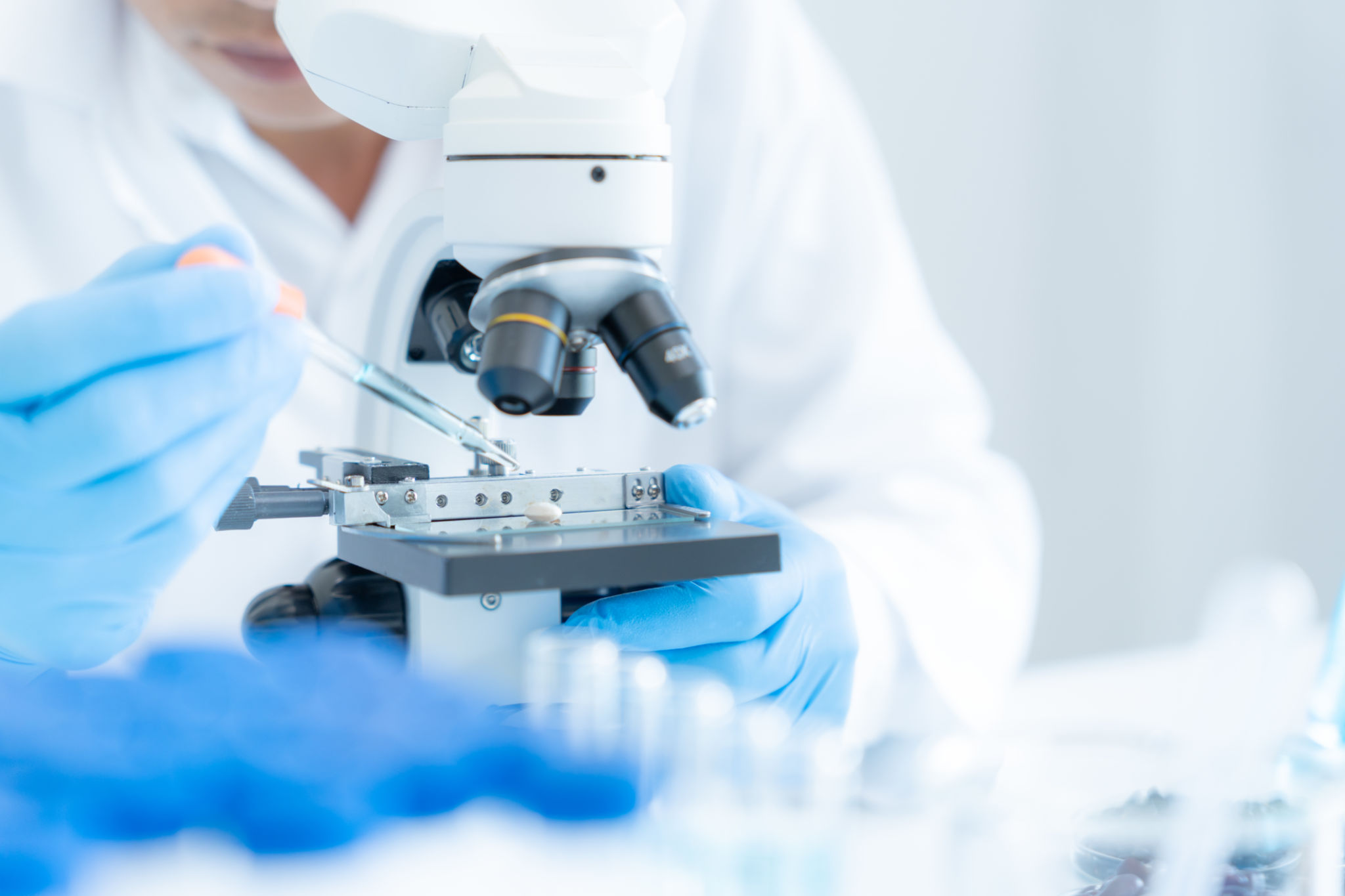Common Misconceptions About Skeletal Muscle Organoids Debunked
Understanding Skeletal Muscle Organoids
Skeletal muscle organoids are a groundbreaking advancement in biomedical research, offering insight into muscle development, disease modeling, and potential therapeutic applications. However, these intricate structures are often surrounded by misconceptions that can obscure their true capabilities and limitations.

What Are Skeletal Muscle Organoids?
Organoids are three-dimensional cell structures grown in vitro, mirroring the architecture and functionality of real tissues. Skeletal muscle organoids, specifically, are derived from stem cells and cultured to develop characteristics similar to natural muscle tissues. This innovative approach allows scientists to study muscle biology in a controlled setting.
Despite their potential, some believe that organoids can completely replicate human muscle tissue. While they share many features, skeletal muscle organoids are still simplified versions and cannot fully encompass the complexity of mature muscle tissues.
Misconception: Organoids Are Fully Developed Muscles
A common misconception is that skeletal muscle organoids are equivalent to fully developed muscles. In reality, although organoids exhibit essential traits of muscle fibers such as contraction and responsiveness to stimuli, they lack the full structural and functional maturity of actual muscle tissue.
Their primary function is to act as a model for studying muscle development and disease rather than serving as a direct replacement for human muscles. This distinction is crucial for setting realistic expectations in research and therapeutic applications.

Misconception: Organoids Can Replace Animal Testing
Another misconception is that skeletal muscle organoids can completely replace animal testing in research. While they provide valuable insights and reduce the need for certain animal models, they cannot entirely substitute for the complex interactions observed in living organisms.
Organoids offer an ethical and efficient alternative for preliminary studies, but some aspects of research still require animal models for a comprehensive understanding of systemic responses and interactions.
Misconception: Organoids Are Ready for Clinical Use
There is a belief that skeletal muscle organoids are ready for direct clinical application. While promising, these structures are still primarily used in research settings. Significant advancements are needed before they can be safely and effectively used in clinical therapies.

Researchers continue to refine the techniques for growing and utilizing organoids, with the hope that one day they may contribute to regenerative medicine. However, caution must be exercised as the transition from lab research to patient treatment involves overcoming numerous scientific and regulatory challenges.
The Future of Skeletal Muscle Organoids
Skeletal muscle organoids represent a promising area of study with potential applications in personalized medicine, drug testing, and understanding muscular diseases. As technology advances, so too will the capabilities of these organoids to more closely mimic human tissue structures.
Continued research and innovation will help bridge the gap between current capabilities and future applications, opening new avenues for medical breakthroughs. By dispelling misconceptions, we can better appreciate the role of skeletal muscle organoids in advancing scientific knowledge and improving human health.